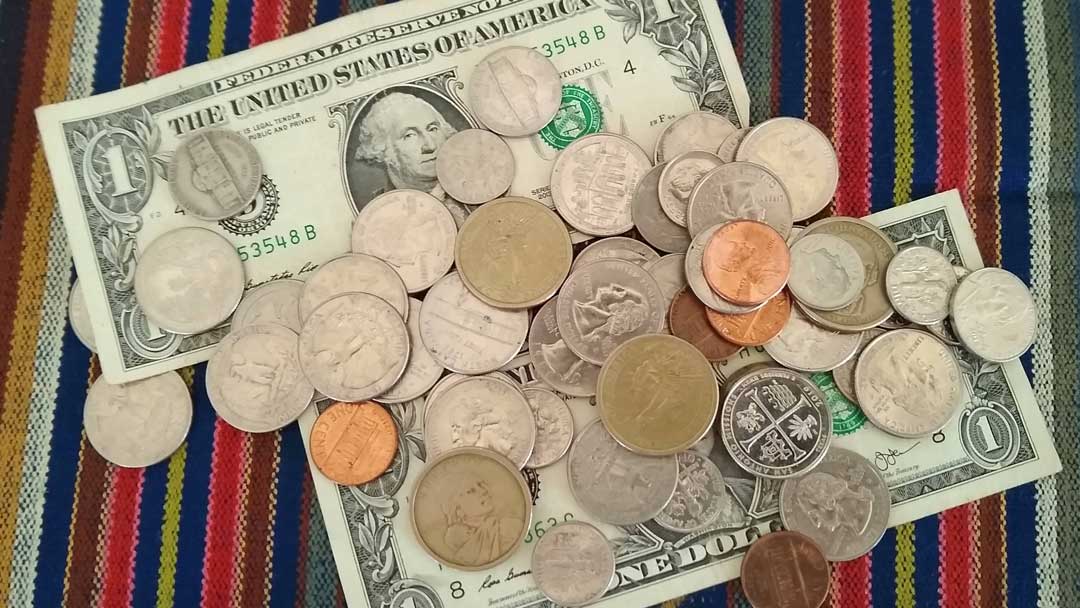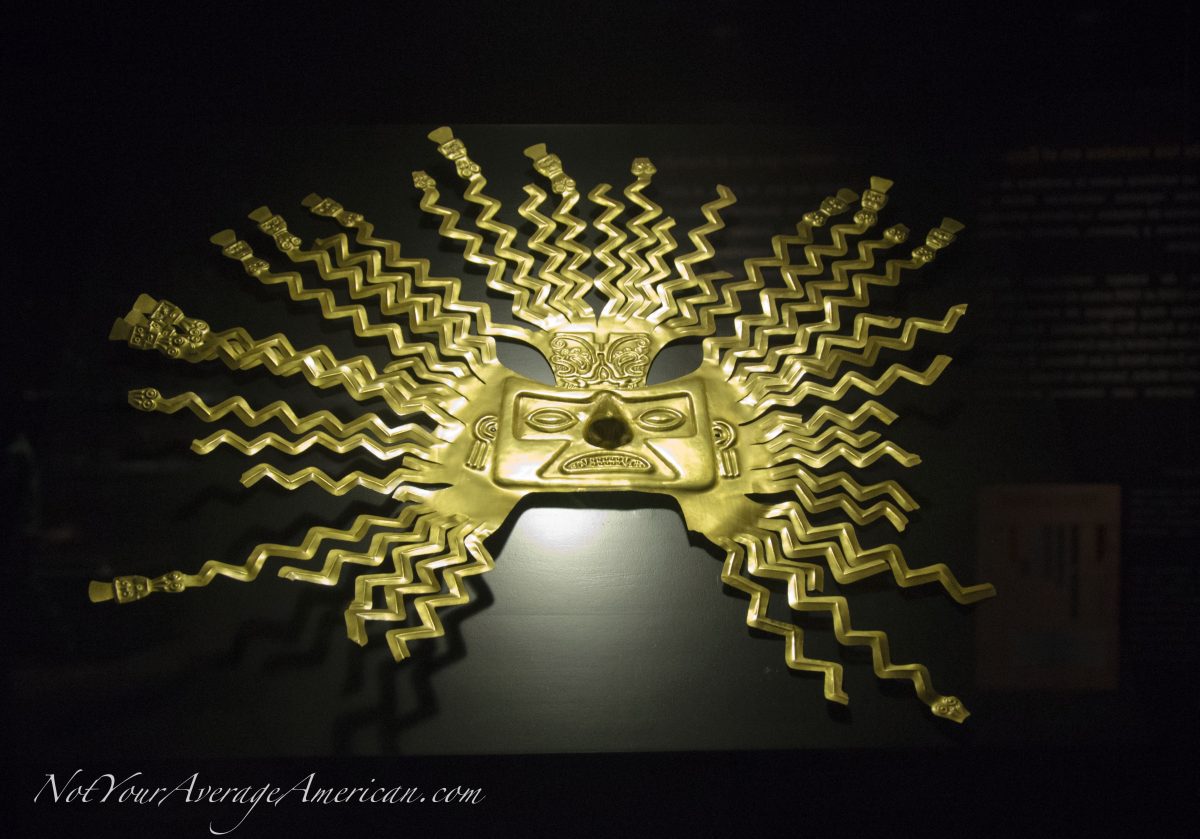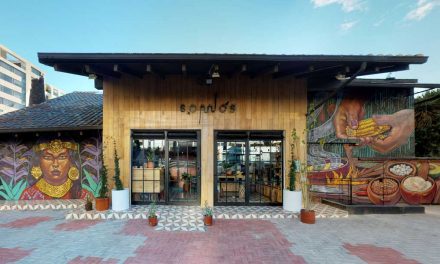Planning a trip and trying to figure out the best way to pay travel agencies in advance? Already traveling and need cash because the small town where you landed does not have an ATM that works with your card? Not sure what currency works best? Is it true that Ecuadorians use US coins? We’ve got the answers to those questions and more!
Ecuador Uses The US Dollar
If you have never traveled to Ecuador, you may not realize that their economy uses the US Dollar. It’s one reason that traveling in this small Andean nation is a little less stressful for those of us from the United States – no trying to figure out what things cost! Despite that ease, the culture behind spending money is different from in the United States where credit cards, debit cards, and eWallets are common.
While Ecuador uses the dollar and all US coins, they also mint some of their own coins. That means you may end up with an interesting mix of coins at the end of your trip. Unless you’re collecting for a child’s coin collection, you’ll want to spend those Ecuadorian pennies, dimes, quarters and 50 cent pieces before you leave the country.
What Ecuadorians don’t mint, but absolutely love, are $1 coins. Any small business owner would much prefer a Susan B Anthony or a Sacagawea than a crisp $1 bill. We recommend that our clients bring a small roll of $1 coins with them into the country. It helps avoid that uncomfortable moment when a vendor refuses your perfectly usable $1 bill.
In Ecuador, Cash is King
Expect to use cash for most purchases. Debit cards are practically non-existent and only a few restaurants outside of the big cities will take a credit card. Same with hotels and hostels. Cash is basically king. The good news is that in most cities and large towns there are ATMs that accept international bank cards. Those banks include Banco Pacifico, Banco Pichincha, Banco del Austro, and Banco de Guayaquil.
While other banks may accept those cards, our experience shows that small credit unions, very popular with indigenous communities and sometimes the only options in Southern Ecuador, never work with our cards. This is despite the symbols on their ATMs stating otherwise. So before visiting an out of the way destination, get your cash in hand or plan on having money sent via Western Union or Xoom.
Second, a dollar has better buying power in Ecuador than in the United States. That means a bill like a $20 is huge. If you take a $20 bill to a street vendor to buy a $2 item, you are not going to get change. You hand that same $20 to a taxi driver for a small fare, he will likely scoff at you. We highly recommend that people start their trip with at least a few small bills like $10 and $5. As you get money from ATMs, which is sometimes dispersed in $10 and $20, use your big bills for larger purchases and save those smaller bills for smaller purchases. You’ll thank yourself later.
Should You Leave Your Credit Card At Home?
If cash is king, it begs the question: should you leave your credit card at home? We don’t. We travel with our credit card but use it sparingly. I don’t carry it in my day to day wallet but leave it at the hotel in a safe place unless I know I plan to use it.
If you chose to use a credit card in Ecuador, please be careful of credit card cloning. That’s when a swiped credit card is also copied for use by a third party. Ways to avoid cloning are to make sure that your credit card never leaves your sight. That means paying by the cash register or at the table, an increasingly common practice in Quito and Guayaquil. It’s smart to also check the card slots at ATMs. If something looks unusual, like loose parts or an extra camera, chose a different machine. To learn more, check out this article on credit card skimming.
With years of experience in Ecuador, we are fortunate that our cards have never been cloned.
Using ATM Machines
ATM machines are common in Ecuador. Even many small towns usually have one. The problem lies in whether the ATM is working at any given time. Holiday weekends, machines often run out of cash. Credit Union ATMs are notorious for not working with cards from US Banks. For these reasons, never wait until the last minute to get cash!
If you are going to use an ATM, try to find one that is indoors. In Quito, we like using the ATMs inside the large Quicentro Shopping Center or in some of the hotels like the Swissotel in La Floresta. Indoor ATMs give you a layer of protection. It is harder for thieves to target an indoor location than an outdoor one. And please remember, a person near an ATM who is talking on a cellphone could be giving your description to an accomplice down the street. Look for these people BEFORE walking up to an ATM.
Please take extra care and only withdraw money from ATMs that provide you with a layer of privacy and in neighborhoods where you are confident you will not become a target of a robbery.
Sending Money to Ecuador
Western Union
Last year, we found ourselves in the small town of Saraguro for Christmas. Saraguro is a little more than an hour or so outside of Loja. It is large enough to have a couple of banks and a couple of ATMs. Unfortunately, not a single one worked with any of our cards. It was more than frustrating as we were paying cash for our lodging and all of our meals. We were rapidly running out of funds.
Western Union to the rescue! There are a couple of different places in town that will accept Western Union deposits. We only had to figure out which ones would be open on the day we wanted the money to arrive (remember, Christmas Eve is the bigger of the two holiday days and businesses tend to close in the early afternoon). Using the app on our phones, we arranged to send money from our own bank account to ourselves in Saraguro. It worked well. Although it costs more than a fee for withdrawing money from an ATM, it was a good solution in an emergency.
Xoom
If you don’t want to use Western Union, then consider using Xoom. Xoom is a Paypal service for sending money abroad. It is very flexible as you can send money to a list of locations including all of the banks that have ATMs that work with our cards. However, you can also send to a fairly long list of Ecuadorian Credit Unions and these organizations: EasyPagos, Global Envíos, and Ecuagiros.
We like Xoom because we can also transfer money directly from my Paypal (and associated accounts) into a checking or savings account in Ecuador. Easy.
I recently used Xoom to book dive trips in the Galapagos for a client. It worked like a charm! Compared to my bank, the fees are very affordable, especially when I am working with several small businesses to pull together a personalized itinerary.
If you would like to try Xoom and are an individual or small business, use this link and help us earn some referral credit. Want to try Xoom, a PayPal Service for sending money abroad? We both can get $25 added to our accounts with PayPal if you sign up with this link and your first transaction is an international transfer of $50 or more (transaction fee excluded). Terms apply.
Bank Transfers
If you are sending money directly to a bank account, you can always try an international bank transfer through your own bank. Some American banks do not manage these transactions themselves but use a partner bank to conduct the transaction. Therefore, plan on having a couple of days for the money to arrive. It can be 48-74 hours and those are business days. Not weekends. Furthermore, expect fees of $25-50 per transfer. Many banks in Ecuador will not accept more than $10,000 in a single transfer as it triggers a US law that requires special reporting of the transfer. So if you are trying to bulk pay a trip to the Galapagos for a small group, expect to break the transaction down into two or more transfers.
Any Questions?
That’s a lot of information about money in Ecuador. Did we answer all your questions? If not, please contact us or leave a comment below!















